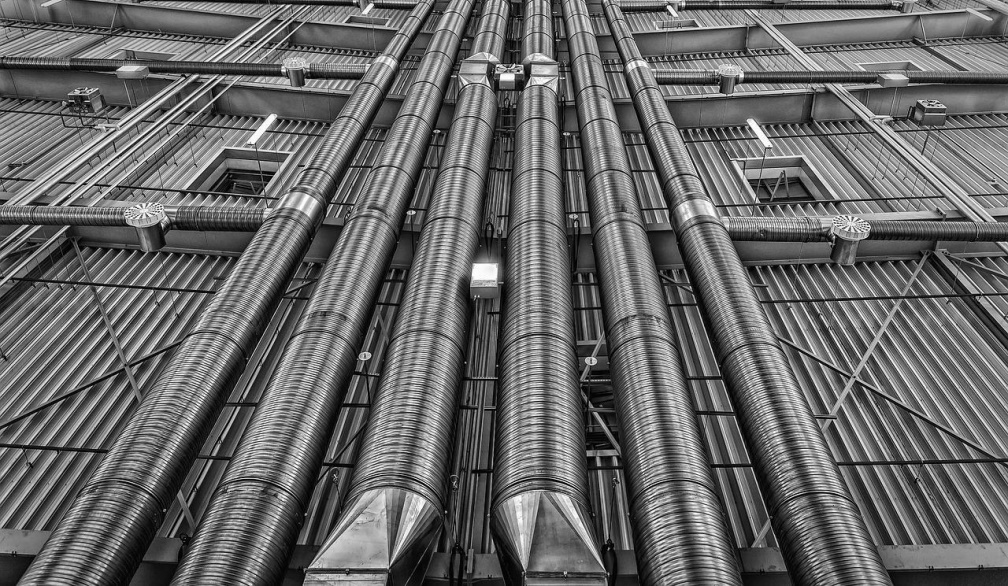Sewage Heat Recovery - Benefits and Disadvantages

Sewage heat recovery may seem like a no-brainer. In theory, it uses sewage heat to power buildings. However, wastewater can have a negative environmental impact if it is warm. In addition to destroying aquatic ecosystems, warm wastewater has other problems, such as releasing carbon dioxide into the atmosphere.
To combat these problems, waste radiation recycling is an environmentally friendly solution that can save tons of carbon. Sewage temperatures are higher than those of other low-temperature warm sources. Schmidt3 reported that wastewater temperatures in England ranged between twelve degrees and twenty-five degrees Celsius during the year.
This warmth is recovered and can then be used for heating in winters and cooling in summers. Further research is necessary to understand the environmental impact of sewage heat recovery. If it is successful, it could potentially save thousands of lives and the environment hundreds of millions of dollars a year. Wastewater thermal energy recovery is a relatively new concept in energy management.
As a part of the water cycle, this technique is increasingly being used to provide excess district heating. thermal energy recovered from wastewater can be gathered from buildings located close to the source or further downstream in the system. It may be captured through thermal energy exchangers or thermal energy pumps. However, many factors can limit the energy recovery potential of wastewater. One problem may be clogging of equipment.
Cost-Benefit Ratio
A waste radiation recycling system offers several benefits. It can reduce energy costs and generate a number of different uses for recycled thermal energy. The EPA (United States Environmental Protection Agency) says that the majority of these systems are used to heat water that enters the pipelines. In one project, 172 units of a condominium in Vancouver installed thermal energy recovery systems.
As a result, the energy costs of this building project have decreased by almost 100 tons annually. It can also reduce the amount of harmful emissions emitted into the atmosphere. The technology behind wastewater thermal energy recovery is relatively new. Nevertheless, innovative engineers and designers are already adding to it to adapt it to specific building requirements.
This innovative approach to wastewater thermal energy recovery is cost-effective, environmentally friendly, and simple to implement. The system can be installed in a variety of locations and is compatible with any type of sewage system. In addition, the system can be easily designed. Once installed, the system can reduce energy costs and greenhouse gas emissions.
As more cities implement waste radiation recycling, it has become a viable option for buildings. The practice has become more widespread, and cities are developing blueprints for leveraging the technology to improve energy efficiency and cut operating costs. Some of the world's most advanced cities have already implemented sewage thermal energy recovery systems.
Disadvantages
Although sewage thermal energy recovery is a promising technology, further research is needed before widespread adoption. The UK government plans to achieve a 'Net zero society' by 2050, making the deployment of low-carbon technologies, including waste radiation recycling (which you can learn more about by clicking here), a priority. Sewage thermal energy recovery is based on the recovery of the heat from sewage during its use or addition to the system.
Heat recovery from sewage is currently being used in a number of cities around the world. However, the technology has its disadvantages. The main drawbacks of this technology are similar to those of other approaches, such as sewage-external systems. Both have fouling issues, which reduces the amount of thermal energy available.
Despite these problems, wastewater thermal energy recovery is an environmentally and economically viable solution. In addition, wastewater thermal energy recovery has the potential to reduce room heating demand by around 17%.
Products
The UK has received considerable interest in products for waste radiation recycling. An experimental demonstration at Borders College in Galashiels, Scotland, has shown that this technology has significant potential to reduce local thermal energy demand. A typical system can cool sewage by three degrees.
However, the actual heat recovery from the UK's sewage is highly variable and largely depends on the parameters used. Wastewater has two main types of energy: chemical and thermal. Methane is one of the two forms of energy that can be extracted from wastewater. The methane produced during anaerobic digestion can be accessed for the chemical energy content.
The European Union's Green Deal, which aims to achieve climate neutrality in the EU by 2050, is a major initiative to pursue renewable sources of energy, such as wastewater. America doesn’t have anything similar anymore thanks to the orange guy.
Other variables to consider include the uncertainty of lowering sewage temperatures, the site chosen for the thermal energy recovery system, and the legal constraints. The energy-efficiency of the system and the carbon savings will also determine the amount of thermal energy recovered. So it is essential to consider all of these factors before deciding on which products to install.

